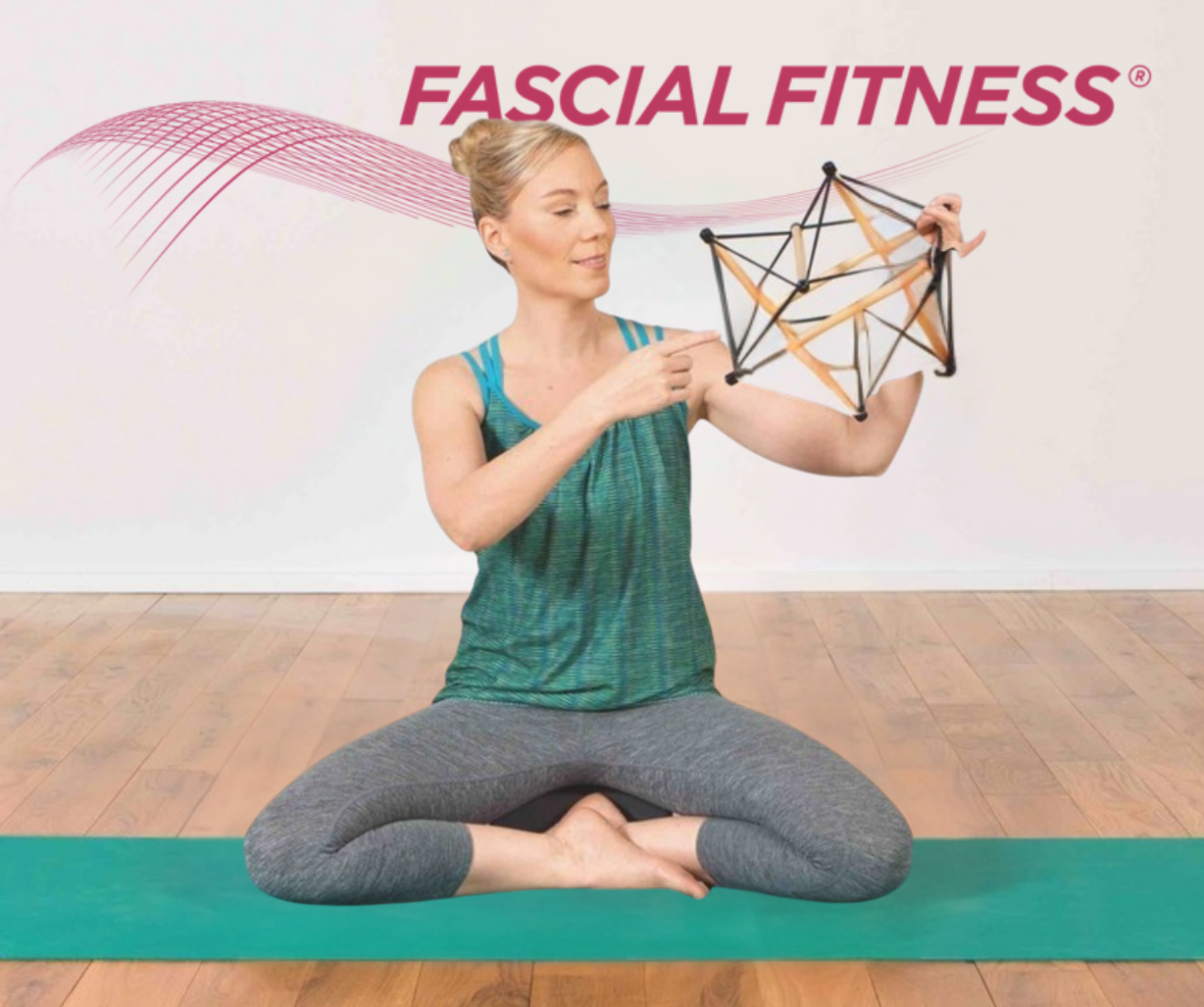Healthcare professionals deeply involved in understanding the intricacies of fascia and its impact on the human body have observed firsthand how persistent muscle pain can significantly hinder one’s quality of life. One topic that frequently arises in discussions about muscle pain is trigger point therapy. This method deserves examination from a fascial fitness perspective.
What Is Trigger Point Therapy?
Trigger point therapy centers around the idea that complex pain in the soft tissue can be traced back to individual points of hardened tissue. These so-called trigger points are hardened points in the muscle and soft tissue in certain parts of the body, which supposedly cause pain elsewhere.
The therapy typically involves:
- Applying strong thumb grips to work out these trigger points
- Re-softening the tissue with determined hand grips
- Using variations like shock wave therapy
- Employing trigger point therapy with needles (dry needling), similar to acupuncture
The Importance in Treating Pain
For a long time, many practitioners had doubts about trigger point therapy, finding the concept of complex pain stemming from individual hardened points somewhat simplistic. However, some studies conducted in recent years have caused experts to reconsider their stance. There are reports of this therapy working to relieve:
- Chronic pain
- Back pain
- Muscle tension
Disadvantages of Trigger Point Therapy
Potential Discomfort
It’s important to note that the majority of the grips in some manual trigger point methods are very painful. Patients should be prepared for:
- Potential soreness
- Slightly lower range of motion
- Discomfort during and after treatment
Limitations in Complex Cases
While trigger point therapy might address localized pain, the concept of tracing complex soft tissue pain solely to individual hardened points feels somewhat limited. Current understanding of fascia as a continuous, body-wide network suggests that pain is often more interconnected than isolated trigger points might imply.
The fascia distortion model, which diagnoses based on patient gestures, while interesting, also seems somewhat outdated as it primarily considers mechanical changes and may not fully account for biochemical and neurological mechanisms.
Effective Treatments for Trigger Points
Most Effective Approaches
Several approaches are used to address trigger points:
- Manual therapy involving strong thumb grips
- Dry needling, where needles are inserted directly into the myofascial hardenings
Needling vs. Injections
The discovery that injecting a needle directly into painful lumps could provide pain relief even without anesthetic led to the development of dry needling, highlighting the potential of mechanical stimulation.
While trigger point therapy focuses on specific points, broader manual therapy techniques, including those that target the fascia, can also be beneficial for relieving muscle pain and tension. Techniques similar to those used in Rolfing therapy, involving slow, gentle, flowing movements, have shown biochemical and neuroreflexive effects.
Massage Therapy and Trigger Points
Effectiveness of Massage
Massage stimulates the metabolism in fascia and triggers the release of neurotransmitters and hormones in the body. Slow, rhythmic pressure during massage also promotes the exchange of fluids in fascia, helping to:
- Remove stress-causing substances
- Clear inflammation-causing agents
- Eliminate metabolic residues
This can certainly contribute to relieving muscle pain associated with trigger points.
Techniques Used by Massage Therapists
Massage therapists may use various techniques, including:
- Applying pressure to specific trigger points to release tension
- Incorporating broader myofascial release techniques
- Using gentle rolling grips (as in Bowen therapy) to stimulate Golgi receptors, leading to decreased muscle tension
The Science Behind Trigger Points
Understanding Fascia and Muscle Structure
Fascia is the fibrous connective tissue in the musculoskeletal system and the solid sheaths of tissue around the organs. It consists of core building blocks:
- Collagen
- Elastin
- A watery to gel-like ground substance
Muscles are composed of muscle fibers surrounded by fascial sheaths like the perimysia and endomysia. The concept of “nodules” likely refers to the palpable hardened points within muscle tissue that are identified as trigger points.
Blood Flow and Metabolic Waste
Restricted movement and tension in muscles and fascia can potentially impede local blood flow and lymphatic drainage. This could lead to:
- Reduced supply of nutrients
- Buildup of metabolic waste products in the affected tissue
Massage and techniques that promote fluid exchange aim to counteract this.
Trigger Point Therapy Techniques
Common Methods
- Direct Pressure: Using fingers or thumbs is a primary manual technique
- Foam Rolling: A form of self-massage that can apply pressure to broader areas of muscle and fascia
- Professional Treatment: Physical therapists are increasingly recognizing the role of fascia in pain and movement disorders
Healthcare professionals may utilize trigger point therapy as part of a broader treatment plan that also includes fascial mobilization techniques, exercises, and postural corrections. In some regions, certified physiotherapists can even perform dry needling.
Managing Myofascial Pain: A Comprehensive Approach
Effective Pain Management Strategies
Effective pain relief and management for myofascial pain often require a multifaceted approach. While trigger point therapy can be a useful tool for addressing localized muscle tenderness, it’s crucial to consider the interconnected nature of the fascial network and address underlying factors contributing to pain and tension.
The Importance of Personalization
Every individual is unique, and therefore, personalized pain management plans are essential. A thorough assessment by a healthcare professional is crucial to identify the specific contributors to an individual’s pain and to tailor treatment accordingly.
Integrating Various Modalities
A comprehensive treatment approach may involve integrating various modalities, such as:
- Targeted fascia training exercises
- Manual therapy including myofascial release
- Mindful movement practices like yoga and Pilates
- Techniques like trigger point therapy or dry needling
- Self-massage with foam rollers or balls for ongoing self-care
Looking Forward: Accessibility and Future Directions
Accessibility to skilled therapists and healthcare professionals remains a key consideration for many individuals experiencing myofascial pain. Continued research into the mechanisms of myofascial pain and the effectiveness of various treatment approaches, including those targeting fascia, will hopefully lead to more accessible and effective solutions in the future.
Understanding of the “tensional network of the human body” is constantly evolving, and experts remain optimistic about the future of managing myofascial pain through a more holistic and fascia-informed perspective.


